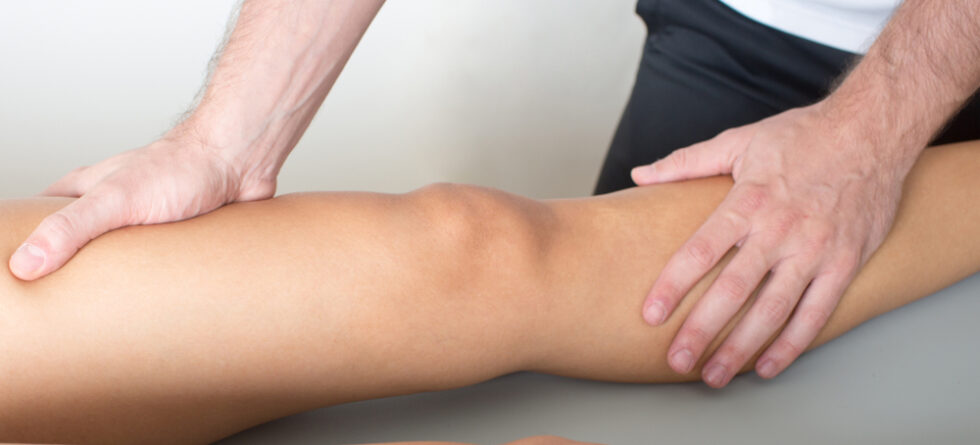A meniscus tear in the knee can cause various symptoms, and the specific signs may vary depending on the location, size, and severity of the tear.
However, here are three common signs of a meniscus tear in the knee…
- Pain – Pain is one of the primary symptoms of a meniscus tear. Individuals with a meniscus tear may experience pain along the joint line of the knee, which is the area where the thigh bone (femur) and shin bone (tibia) meet. The pain may be sharp or dull and can worsen with certain movements, such as bending, twisting, or squatting. In some cases, the pain may be intermittent or exacerbated by weight-bearing activities.
- Swelling – Swelling (effusion) in the knee joint is another common sign of a meniscus tear. The tear can cause irritation and inflammation within the knee joint, leading to fluid buildup and swelling around the affected area. The knee may appear swollen, feel tight or full, and may be accompanied by stiffness or limited range of motion. Swelling may develop gradually over time or occur suddenly following an injury.
- Locking or Catching Sensation – A meniscus tear can cause mechanical symptoms such as locking or catching sensations in the knee joint. This occurs when a fragment of the torn meniscus becomes displaced and gets caught between the joint surfaces during movement. Individuals may experience a sensation of the knee “locking up” or “catching” during certain activities, such as bending, straightening, or twisting the knee. The locking or catching sensation may be intermittent and may resolve on its own or require manual manipulation to unlock the knee.
It’s important to note that while these signs are common indicators of a meniscus tear, they can also be associated with other knee injuries or conditions. Not all meniscus tears cause noticeable symptoms, especially if the tear is small or located in a less sensitive area of the meniscus. If you suspect you may have a meniscus tear or are experiencing persistent knee pain, swelling, or mechanical symptoms, it’s advisable to consult with a healthcare professional for a thorough evaluation, accurate diagnosis, and appropriate treatment recommendations.




